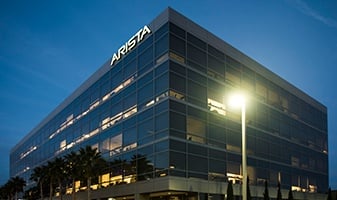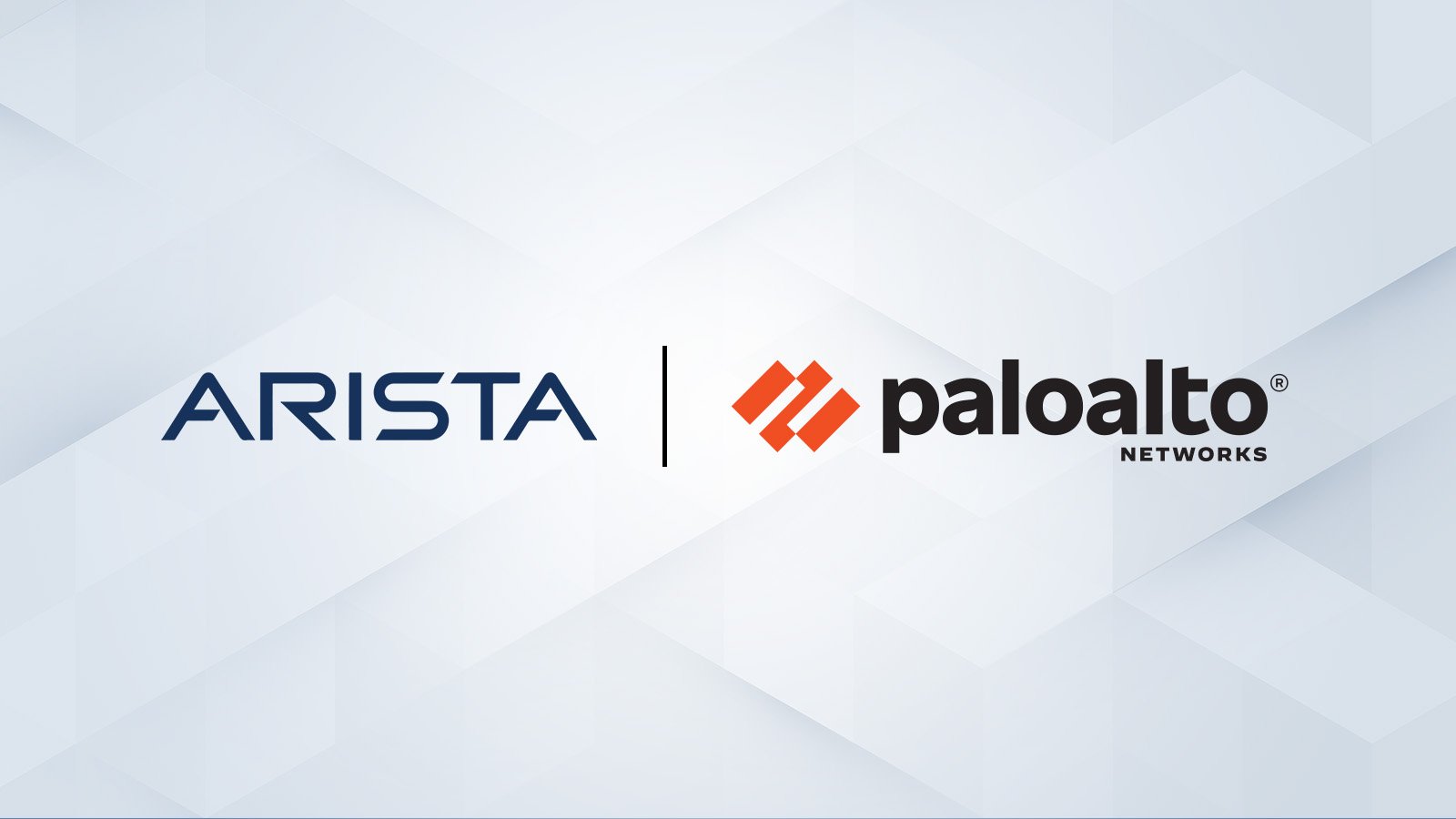Delivering Reliable AI and Cloud Networking
The explosive growth of generative AI and the demands of massive-scale cloud architectures have fundamentally redefined data center networking...

In the 1950s, the introduction of jet engine technology revolutionized air transport, allowing for the transport of goods and people across oceans far more quickly than with traditional propeller-based aircraft. A new airline industry on a global basis arose from the jet engine revolution.
In the early 2000s, Smartphones revolutionized the phone market by introducing new communication phone as a “universal internet device.” New companies like Google, Apple and Samsung rose while old ones adapted or failed.
In the 2010 era, we witnessed the redefinition of the media and entertainment industry to deliver real time streaming and video on demand. Large conglomerates and entertainment studios are now in the process of reinventing themselves to provide consumer-driven digitized real-time content, moving away from static, analog broadcasts, and giving rise to new companies like Netflix.
By the 2015 era a new generation of electric cars (Tesla being one of the most well known) changed the way we think about fuel usage and the environment, and in turn the fully electric car is driving a new wave of technology transitions replacing the need for gas powered cars for many households. Traditional car companies all over the world are releasing new hybrid and electric cars embracing the new technology.
Is Cloud Networking at a Tipping Point?
In the 2020 era the enterprise IT industry we have known is undergoing massive change. Historically it has been stagnant and has been dominated for many decades by proprietary monolithic systems from traditional vendors like IBM, Cisco etc. But we are now witnessing a radical shift to the cloud in every sector and this has required significant re-invention throughout the industry. The drive for higher performance, new consumer experiences and hyperscale system architectures is necessitating major change. Every major cloud titan, such as Microsoft, Google or Amazon AWS, is championing cloud-based models for IT that dramatically impact IT costs.
This is why cloud networking has been so foundational and fundamental, as it has challenged the status quo. It has added relevance to the SDN movement by truly enabling a more SOFTWARE driven network. It has turned the network upside down from a closed hardware-driven system to an open programmable software-driven system. It has re-vitalized the networking industry for a larger cloud economy and purpose. As Arista celebrates its first billion-dollar revenue and a cumulative ten million cloud networking ports shipped in 2016, it is crystal clear that the inevitable migration and shift to public or hybrid clouds is underway.
It is no more a matter of whether but really when and how this happens. One major example of an established company that has epitomized change and embraced this shift and emerged as the leader is Microsoft with Azure. Despite being an incumbent in Enterprise IT software in the 1990s, they recognized the cloud economy and had the foresight to invest and adapt their business. Their makeover has been remarkable and shows the power of cloud spending on infrastructure in 2016 with over $100 billion dollars of CAPEX spend across the large titans.
Common Language Creates Ubiquity
Architectures may change, but ubiquitous communication needs common methods of uniform language adoption. Just as many countries have standardized on the English language, user interfaces and experiences must be universal and should not interfere with ongoing innovations. Quite simply, they expand the ecosystem for new and old systems to work together. This also avoids fiascos for customers like with the Betamax and VHS video recorders, where a common format did not come together and brought the sudden death of Sony’s Betamax in the 1970s.
Just as new iPhones use the same numbers on a keypad and Electric cars use a similar concept and location to charge a car as you do to fill a traditional car with gas, the integrity of communication can be maintained for interoperability, enabling users to adopt the new, while preserving the old. As modern sharing economies enter our society, companies like Uber are revitalizing the traditional transportation industry, but they still have to work with the existing establishment of roads, street- lights, infrastructure and city ordinances. Similarly when Google or Apple deliver the much-rumored self-driving car, it cannot operate on its own track or remove the comfort of a steering wheel. It must coexist with existing infrastructure such as streetlights, roads, lanes and freeways to become a mainstream success.
The Art of Possible & Impossible
The 2020 economy is not just about making impossible technology a reality but also about making new markets more possible….
Legacy markets will find their ground moving. One can quickly go from being a challenger to being challenged. Establishments that fail to see round the bend I believe will falter and fail. So the ultimate success of high technology innovation is the ability to combine both innovative engineering with high customer adoption to bring economic advantages to the overall ecosystem. Too many misconceptions exist around creating new engineering technology for the sake of new toys. They fail to capture the simple essence that good technology can only become great when combined with a successful go-to-market cycle of delighted customers! Cloud Networking and the shift from traditional IT is an example of this radical disruption in both innovative technology and consumption models.
Welcome to the new world of software driven cloud networking and the 2020 era ahead. Happy Holidays and here’s to a great 2017 to my readers!

The explosive growth of generative AI and the demands of massive-scale cloud architectures have fundamentally redefined data center networking...
/Images%20(Marketing%20Only)/Blog/VESPA-Launch-Blog.jpg)
The modern enterprise is navigating a profound transformation. The shift to the 'all wireless office' and 'coffee shop type networking', fueled by...

Data centers have evolved into highly distributed, hybrid ecosystems that span private clouds, public clouds, and colocation facilities. This...